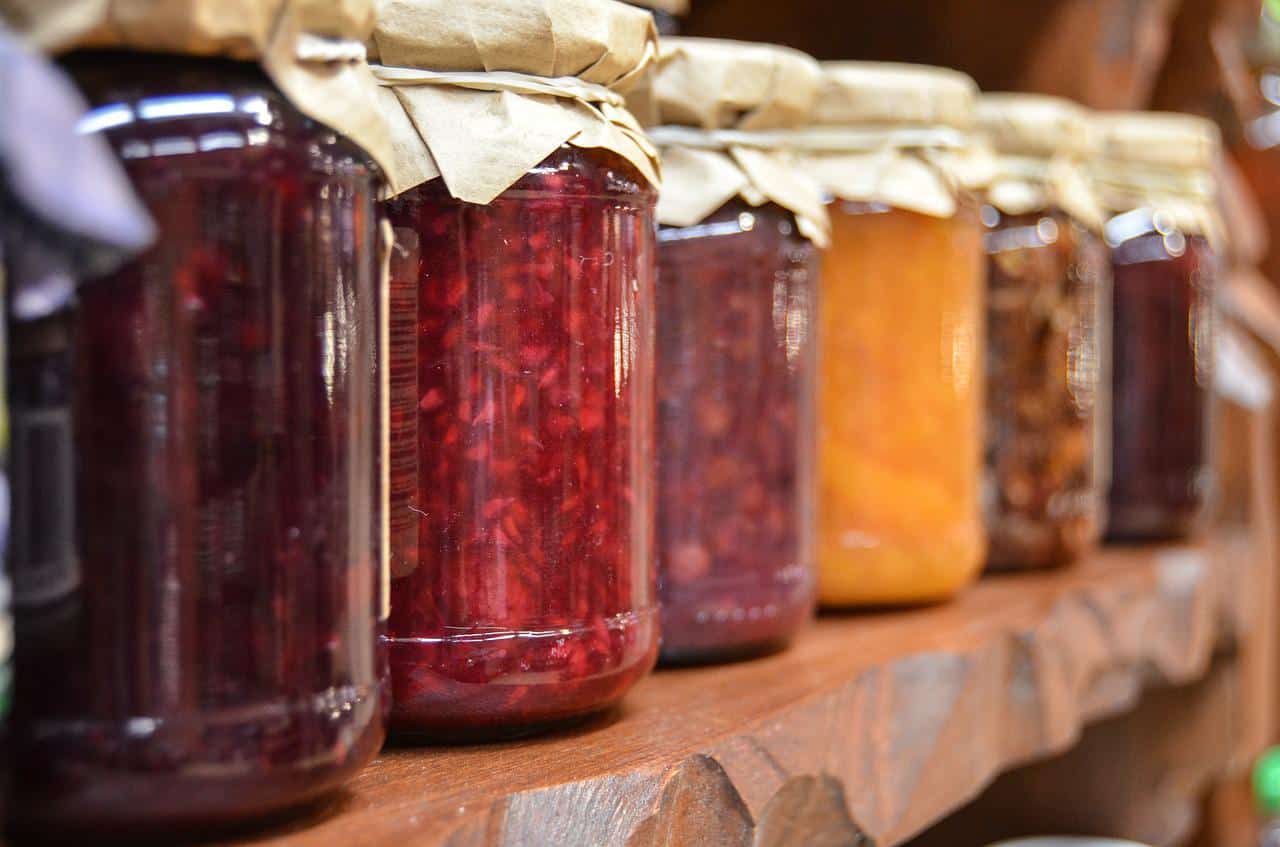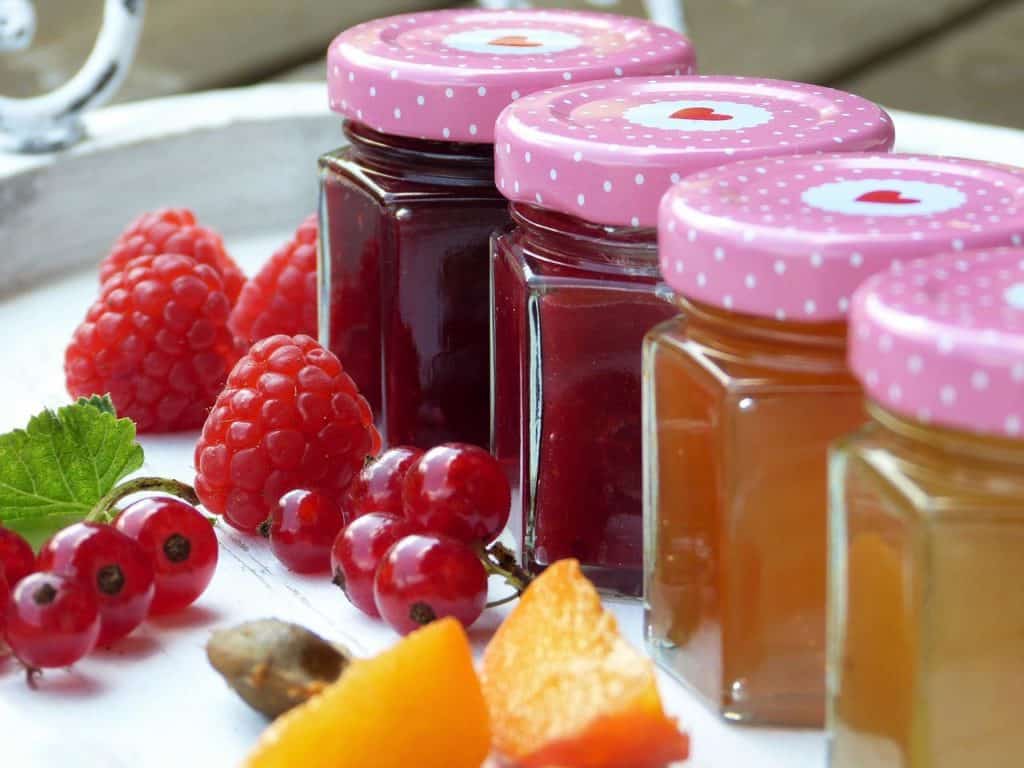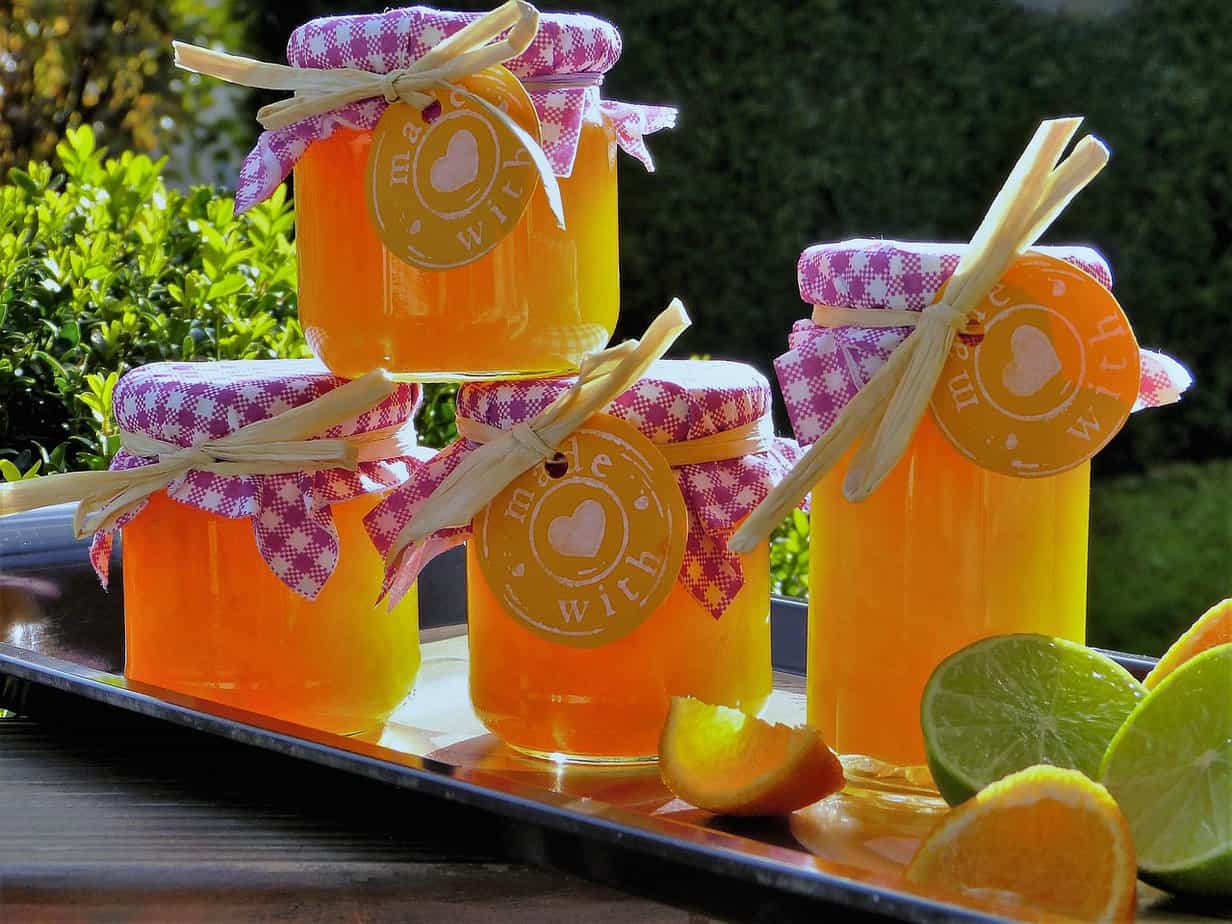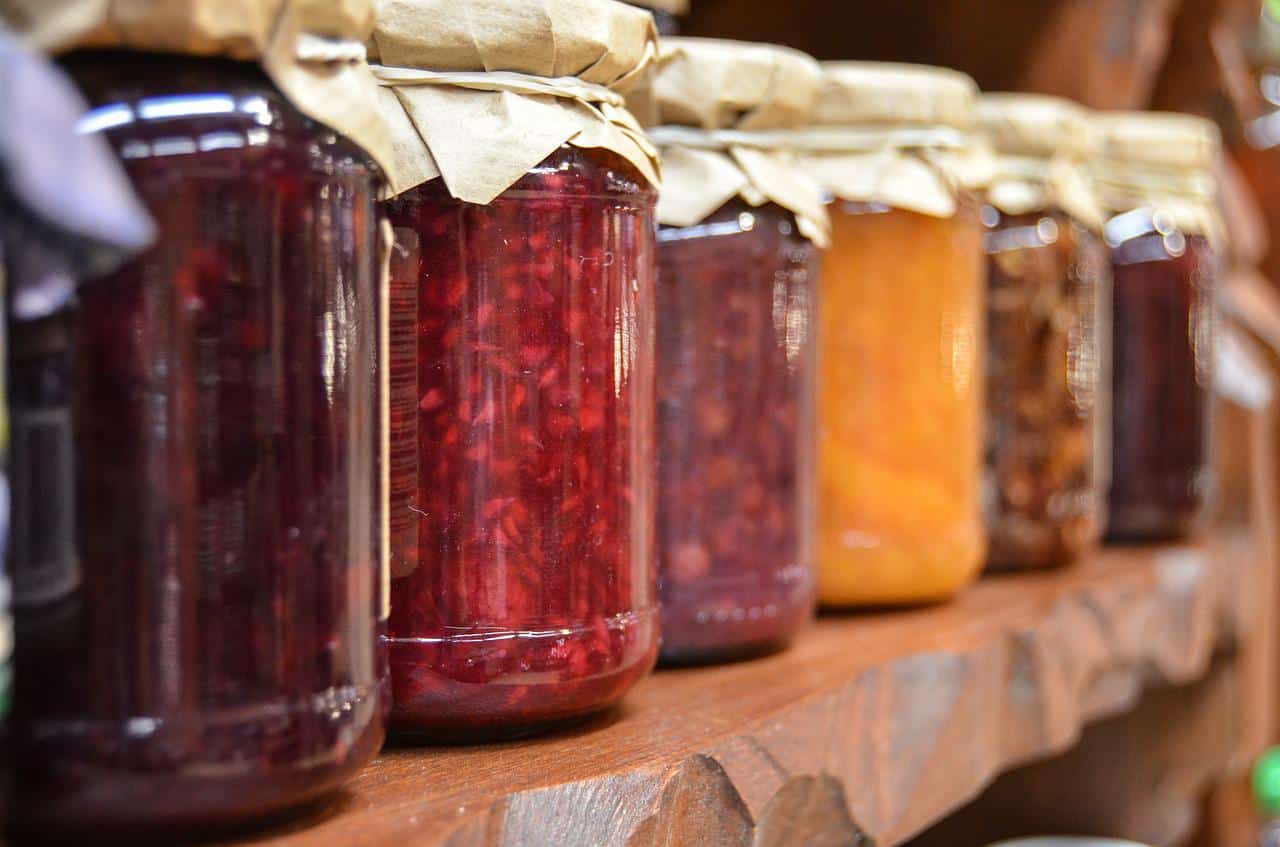Image by Michal Jarmoluk from Pixabay
Welcome back! I hope you enjoyed the last few articles with recipes from the Southern Cooking cookbook from Macon, Georgia Church of the Nazarene, “Seasoned with Love”. I had a blast reading the cookbook and sharing some of the recipes! This week we discover what’s so important about pectin. The Power of Pectin will give you some interesting insights into this little gelling powerhouse!
What is pectin?
What is pectin? Pectin is a type of starch better known in the scientific world as a heteropolysaccharide. Heteropolysaccharide is a big word. Feel free to throw it around at coffee time!
A heteropolysaccharide is a naturally occurring, three-dimensional starch structure that lives in the cell walls of fruits and vegetables, giving them structure. Pectin is an important additive you add to many of your jams and jellies.
How is pectin made
How is pectin made? You can think of pectin as a kid, with its parent called propectin. Propectin develops as the fruit is ripening or during the juice extraction cooking process of underripe fruit. Thereby producing pectin. Pectin, combined with sugar, and acid, becomes a gel. Fruits and vegetables differ in the concentrations of pectin levels.
You would be surprised to know that the following fruits generally hold their gelling power without needing your commercially made pectin:
- apples
- crabapples
- gooseberries
- some plum varieties
- highbush cranberries- these are NOT true cranberries
During my canning of jam, I was surprised to find out that several fruits need the addition of commercial pectin to gel up. They are:
- strawberries- This shocked me. Seriously!!??
- cherries
- blueberries
These fruits require you to use commercial pectin or combined with fruits rich in pectin.
How to test for pectin
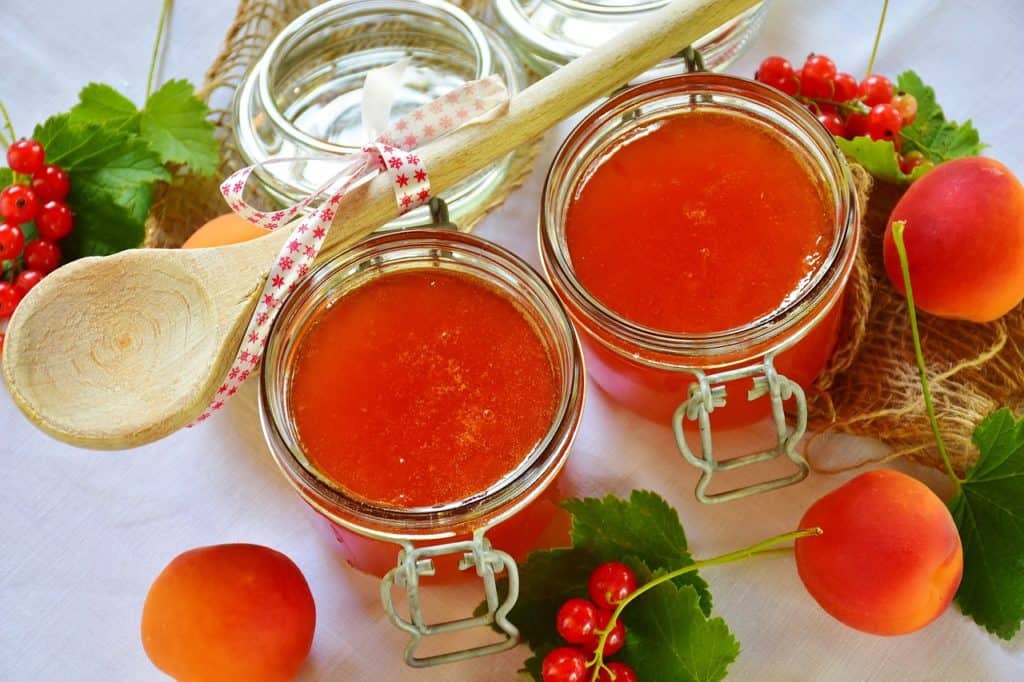
I tend to be a bit of a rebel when cooking, and baking folks lay down rules. My eyes narrow, and I get a “Grinchy” type grin. I can hear sassy me saying, “Oh, really!?” And then the overwhelming urge to prove the recipe author wrong. From there it’s a full-on assault! You can about imagine what my husband goes through. But I digress.
You can test your fruit pectin level with this neat little test! This might be a fun homeschooling science class adventure! Jelly and a science experiment. Double bonus!
These directions come from the University of Minnesota Extension article on pectin. All credit kudos to them! Here are your directions:
“Test for pectin: If jelly is to be made without added pectin, it is a good idea to test the pectin content of the fruit juice with this easy method. Measure 1 tablespoon of rubbing alcohol into a small glass. Add 1 teaspoon of extracted fruit juice and let stand 2 minutes.
If a good solid mass forms, enough pectin is naturally present in the fruit juice to form a pectin gel. If only a small weak mass forms, there is not enough pectin to form a gel and commercial pectin should be used in jelly making. Do not taste this mixture.”- the University of Minnesota Extension
Did you catch the last sentence in bold type? DO NOT TASTE THIS MIXTURE. Ha, ha, ha… I laughed so hard when I read that. Good gravy! Yep, the world has come to that! Everything needs a warning or disclaimer. I’m telling you; some folks are simply interesting. How do they survive?
Acid and sugar
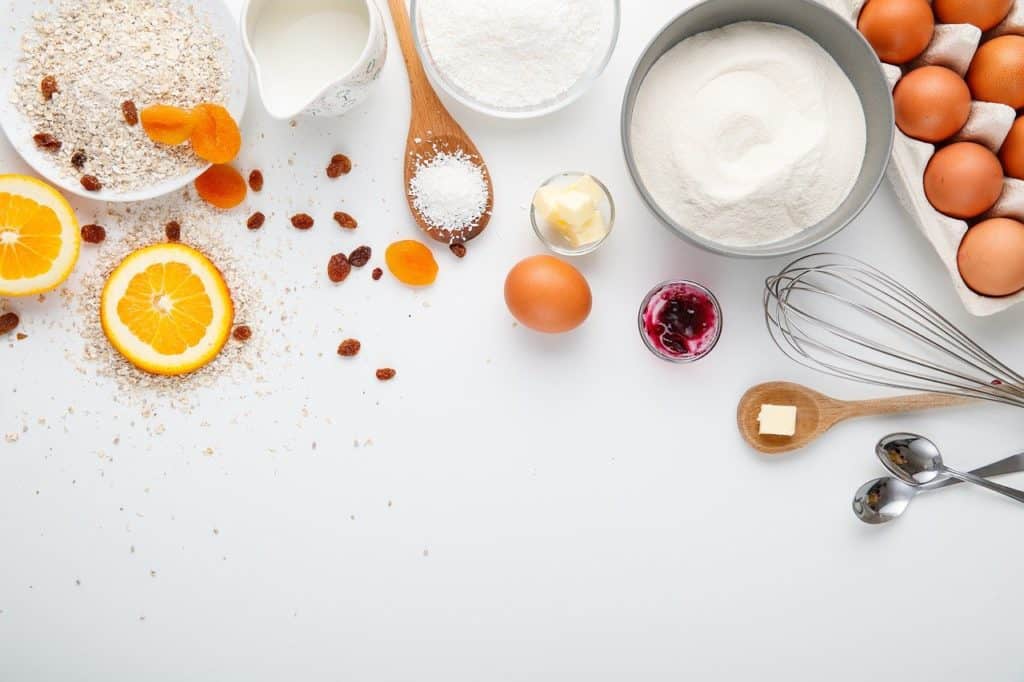
As I said previously, pectin combined with sugar and acid becomes gel-like or known in the scientific world as semi-solid. Acid, in the making of jelly or jam, is touchy. Too much acid and your jelly will lose its liquid portion. Too little acid and you won’t get it to gel. Think of it as if you’ll either have soup or a rubber mass. The acid level you are looking for is below a ph of 3.5. You can test for acid levels using the University of Minnesota Extension’s acid test:
Test of acid: A rough index of the acidity of fruit juice is the juice’s tartness (the more your lips pucker the better- M). To form a gel, fruit juice should be as tart as a mixture of 1 teaspoon of lemon juice and 3 tablespoons of water. If the fruit juice is not this tart, add 1 tablespoon of lemon juice for each cup of fruit juice. – the University of Minnesota Extension- the bold and italics were my additions-M
We’ll have to pause here and pick up this discussion next week. Till next week! Here is to good food, good friends, and your “life stuff” gelling up!
Resources:
- https://www.thespruceeats.com/what-is-pectin-1327810
- https://extension.umn.edu/preserving-and-preparing/making-jelly

Michele Bruxvoort is sure to draw you in with her delightful sense of humor and love for living life. She enjoys reading, repurposing, as well as remodeling the family home with her husband. Drawing from her life experience as wife, mom, and follower of Jesus, Michele brings you a very honest and real perspective on life. When you don’t find her writing, you can find her mowing lawns, stocking shelves, taking care of her grandbaby and tackling her latest life adventure.
Wisconsin native and empty-nester, she now makes her home with her husband of 27 years in the South West Prairie plains of Minnesota.

